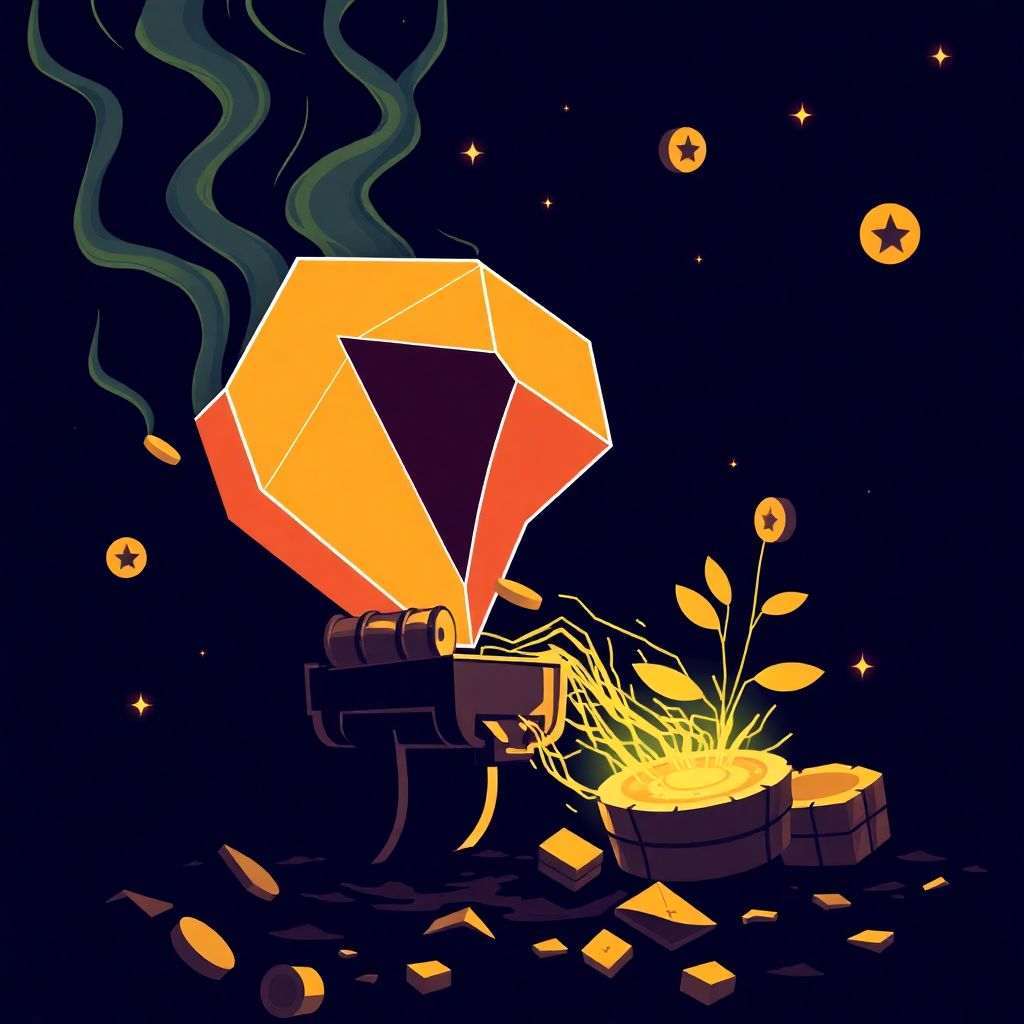As anticipation builds around a forthcoming Polymarket token launch, users seeking to secure a piece of the potential airdrop are refining their strategies, becoming markedly more deliberate and covert in their approach. These so-called “airdrop farmers” are evolving beyond the basic volume-boosting tactics of the past, adopting more intricate behaviors in an effort to avoid detection and exclusion by the Polymarket team.
Previously, many users hoping for a sizable token allocation engaged in obvious trading patterns—buying and selling large quantities of prediction shares between their own wallets or with minimal risk—to inflate their on-chain activity. These actions were relatively easy to trace due to repetitive, high-volume transactions that lacked genuine market intent. The result? A cluttered transaction history that frustrated legitimate users and raised red flags within the platform’s ecosystem.
However, as Polymarket inches closer to an official token release—expected sometime after its anticipated re-entry into the U.S. market, possibly in 2026—the airdrop farming game has matured. Farmers are now employing more subtle, sophisticated methods. They distribute their activity across multiple wallets, engage in more diverse market positions, and mimic the behavior of authentic traders to blend in with the broader user base.
Insiders familiar with the platform’s plans confirm that the development of a Polymarket token is indeed in motion. While no public timeline has been confirmed, internal discussions reportedly align with a post-regulatory clearance roadmap, suggesting that a launch could follow the platform’s full compliance with U.S. legal requirements.
The incentive behind these farming tactics lies in the typical airdrop model used by many decentralized protocols. Airdrops are often structured to reward early adopters, active contributors, and high-volume participants. But as protocols become more aware of exploitation, they implement stricter criteria. This arms race between protocols and their users has led to increasingly complex sybil detection systems aimed at filtering out fake or inorganic activity.
To counteract these detection systems, some airdrop farmers are hiring developers and data analysts to simulate organic behavior. They analyze on-chain data patterns of legitimate users and model their activity accordingly. Others are joining real prediction markets, participating in community discussions, and placing informed bets to build reputational legitimacy.
Polymarket, a decentralized prediction market, offers users the ability to speculate on real-world events—ranging from politics to sports and economics—using stablecoins. With its user base expanding and regulatory clarity on the horizon, the introduction of a native token could significantly alter platform dynamics. It may introduce governance features, staking mechanisms, or serve as a reward layer for accurate forecasts.
The platform has already faced regulatory hurdles. In 2022, it settled with the U.S. Commodity Futures Trading Commission (CFTC), agreeing to restrict access for U.S. users while it worked on compliance. Since then, Polymarket has maintained a strong presence in international markets and continued to innovate its offering. A successful re-entry into the U.S. market would substantially increase its user base and relevance within the decentralized finance (DeFi) landscape.
As the token speculation intensifies, users are increasingly cautious. Some fear that overzealous farming might lead Polymarket to exclude suspected sybil accounts altogether from any future distribution. As a result, airdrop hunters are now focusing on hybrid strategies—combining organic engagement with multiple wallet identities, while avoiding overt transactional patterns that might be flagged.
In addition to stealthier farming, some users are banking on long-term engagement. By consistently participating in markets over an extended period, they hope to demonstrate commitment and authenticity. Others are contributing to protocol development, community education, or governance—if and when such mechanisms are introduced.
This shift signals a broader evolution within Web3: as protocols grow savvier, so too do their users. The airdrop era is no longer characterized by simple volume farming and brute-force tactics. Instead, it has matured into a nuanced field where reputation, community involvement, and behavioral sophistication are key differentiators.
As for Polymarket’s future, the potential token launch represents more than just a financial incentive—it could fundamentally reshape the platform’s structure. A native token might be used for governance, allowing users to vote on market rules or platform updates. It could also incentivize liquidity provision, further deepening the prediction market’s activity and efficiency.
With that in mind, users and observers alike are closely watching for official announcements. Whether the token arrives in 2026 or earlier, one thing is clear: the race for eligibility is already underway, and only those who strike the right balance between activity and authenticity are likely to be rewarded.

